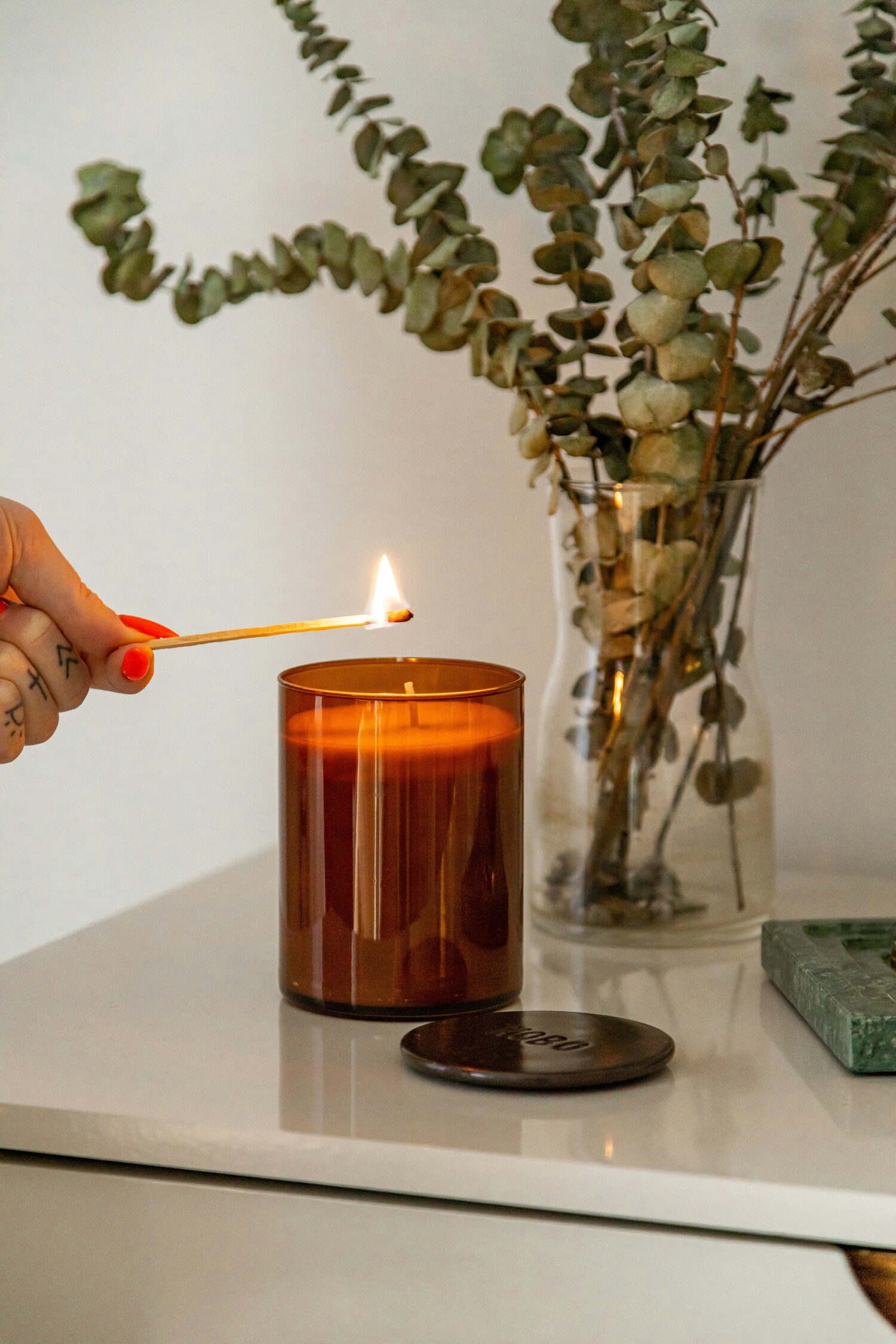We’re taught to trust home safety tips, especially the ones passed down through generations or plastered across social media. From nightlights in every room to keeping tools close at hand, many of these tips are intended to reduce the risk of accidents or emergencies. But what if some of those well-meaning precautions are actually increasing your risk?
It turns out that not all safety advice stands the test of time or science. In fact, certain precautions that feel intuitive may have unintended consequences, especially for older adults or those with limited mobility. Whether it’s creating new hazards, giving a false sense of security, or interfering with emergency access, these outdated or misapplied tips may be doing more harm than good.
If you’re committed to making your home safer, start by questioning the advice you’ve taken at face value. Here are seven home safety tips that could be putting you in more danger than you think.
7 Home Safety Tips That Actually Do More Harm Than Good
1. Leaving Lights on All Night
Keeping lights on overnight is often recommended to deter burglars and help with visibility. But in reality, constant lighting can have negative effects, especially for older adults. Bright or inconsistent lighting can disrupt sleep patterns, worsen insomnia, and affect mental health.
From a security perspective, lights that stay on every night in the same pattern can signal to burglars that no one is home or that routines are predictable. Motion-sensor lights and smart timers are usually more effective deterrents, providing the illusion of activity without broadcasting a static routine.
2. Placing Emergency Items Near the Bed
Many people are advised to keep flashlights, phones, medications, or even weapons near their bed in case of a break-in or natural disaster. While this may sound practical, it can backfire.
Loose items near the bed can become trip hazards, especially in the dark or during a panicked moment. Flashlights with dead batteries or phones without signal don’t provide real help, and having certain items like pepper spray or firearms nearby without proper storage or training can be dangerous rather than protective.
The better approach is a secure, organized placement of essentials in a bedside drawer or nightstand, and making sure they’re in good working condition and accessible without creating clutter.
3. Installing Too Many Grab Bars
Grab bars in bathrooms and hallways are essential for fall prevention. But installing too many or placing them incorrectly can create a false sense of security. Poorly mounted or cheap grab bars may come loose under pressure, leading to even more dangerous falls.
Improper placement, like bars too low or too far from key areas like showers and toilets, can cause people to lean awkwardly or reach too far. In some cases, people rely on grab bars instead of fixing the real problem, like slippery tiles or awkward step-ups.
To truly improve safety, consult an occupational therapist or certified aging-in-place specialist who can assess the best locations and ensure secure installation.
4. Hiding a Spare Key Outside
Leaving a spare key under the mat, in a fake rock, or inside the mailbox used to be standard advice. But today, this outdated tip is practically an invitation for break-ins. Most burglars know the common hiding spots, and even the best “camouflaged” containers are easily discovered by someone casing a neighborhood.
Instead, consider giving a trusted neighbor or family member a key, or better yet, install a smart lock with temporary access codes. These solutions maintain security while still ensuring access in emergencies.

5. Overusing Plug-in Air Fresheners or Scented Candles
Freshening the air might feel like a step toward a cleaner, more pleasant environment, but many scented products can actually harm indoor air quality and health. Plug-in air fresheners, especially older models, can overheat and become fire hazards. Candles, particularly unsupervised ones, pose obvious risks, especially in homes with pets, oxygen tanks, or forgetful residents.
In addition, synthetic scents can trigger asthma, headaches, and allergic reactions in sensitive individuals. Safer alternatives include using essential oil diffusers with timers, natural ventilation, or non-toxic cleaning solutions to manage household odors without added risk.
6. Using Furniture to “Block” Access Points for Safety
Some people place heavy furniture in front of doors or windows, especially in neighborhoods where crime is a concern. While this may feel secure, it can create serious problems in emergencies where fast exits are essential.
If a fire breaks out or paramedics need to enter quickly, blocked doorways can delay help or trap occupants. Heavy furniture can also be a tripping hazard during evacuation.
A better option is reinforcing doors and windows with proper locks and alarms, while keeping escape routes clear. Safety should never come at the expense of emergency access.
7. Relying on “Loud” Security Alarms Instead of Full Systems
Many homeowners feel reassured by loud alarms that trigger during intrusions, thinking the sound alone will scare off intruders. But noise is rarely enough. Seasoned burglars know how to move quickly, and in some cases, neighbors ignore alarms altogether after too many false alerts.
Moreover, if the system doesn’t notify authorities or your phone in real time, it may not help at all, especially if you’re not home. A better solution is a comprehensive system that includes monitored alerts, motion detectors, and cameras linked to a mobile app or emergency response center.
Rethinking Home Safety Means Letting Go of Outdated Advice
We all want our homes to feel safe, especially as we age. But safety isn’t just about following familiar advice—it’s about being strategic, adaptive, and open to new solutions that match today’s realities. Many older safety tips come from a time when home designs, crime patterns, and technology were different.
Instead of blindly following outdated tips, ask: Who gave me this advice? Is it still relevant? Has it been replaced by safer alternatives? Smart safety starts with asking the right questions and being willing to challenge habits that may feel safe but do more harm than good.
Which outdated home safety tips have you relied on, and how did they turn out? Have you discovered any modern safety upgrades that surprised you?
Read More:
6 Safety Features You Think Work But Don’t
6 Popular Home Gadgets Now Considered Fire Hazards
Read the full article here














